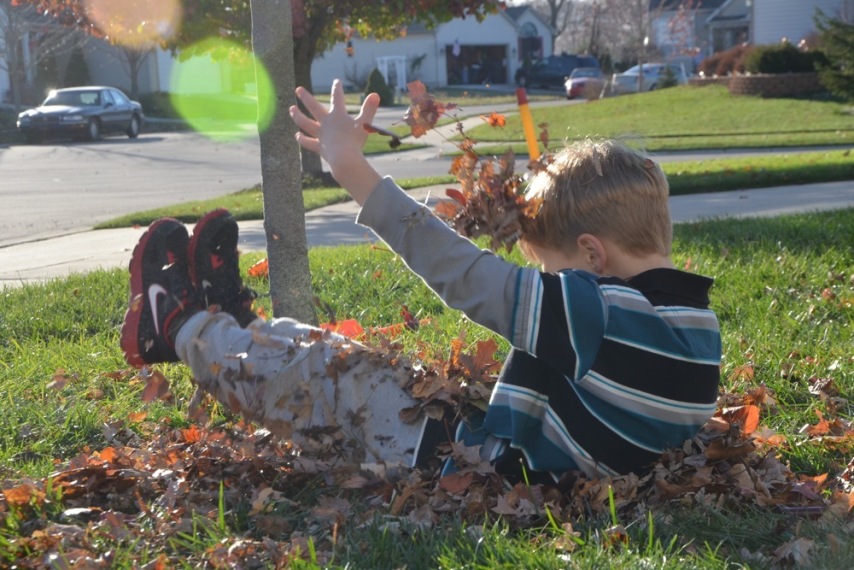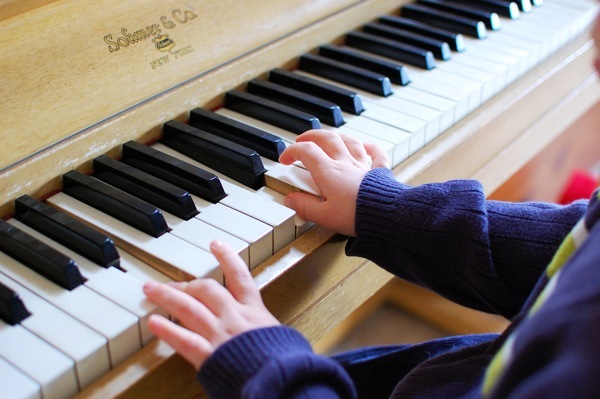Year 5 school plan (2016-2017, age 10)
Here it is, our annual plan! Our homeschool is secular, classically designed (based loosely on the Well Trained Mind), and not at all grade centered—we do things depending on Calvin's pace and interest level.
I will come back through the year, or at least at the end, to update our progress.
X indicates an accomplished goal
+ indicates an added goal or activity/resource
June 2016-June 2017
Age 10 (public school grade 5)
Science
Building Foundations in Scientific Understanding Vol. 3 (we'll spend at least two years with this book)
Technology and Engineering
Snap Circuits Student Guide (with Snap Circuits Pro SC-500 kit)
Javascript for Kids
Lego Mindstorms (beginning with Geek Mom's lesson plans and branching out from there)
The Arts
X Drawing with Children on level three (first term)
X Artistic Pursuits grades 4-5 (second term)
X Art and theater classes through our homeschooling group
X Piano Adventures Level 5 (plus Performance, Theory, and Pop Rep)
X Public school band classes—clarinet (twice weekly rehersals, plus performances)
X Boychoir of Ann Arbor (twice weekly rehersals, plus performances)
Physical Education
X Twice weekly dance classes: tap and ballet
Biking, running, or yoga twice weekly depeding on weather
Hiking several times a month
Math and Logic
X Math-U-See Geometry
X Perplexors Level E
X Building Thiking Skills Level 2 (first term)
Red Herring Mysteries Level 1 (second term)
X Mind Benders Book 4 (second term)
Language Arts:
Spanish
X Avancemos Level 1 Homeschool Package plus the Cuaderno
English
X MCT Level 4 Grammar of Literature plus the practice book
X MCT Level 4 Vocabulary of Literature
X MCT Level 4 Poetry of Literature
X MCT Level 4 Writing of Literature
Assigned (mostly read-alouds) for discussion and analysis (one or two a month):
X Moby Dick
X David Copperfield
X The Red Badge of Courage (with Novel Ties study guide)
Frankenstein (also Gris Grimly's version)
X War of the Worlds (possibly this version)
A Christmas Carol
Silent Spring
X All Quiet on the Western Front (with Novel Ties study guide)
Paradise Lost (with this plain english assist)
X A Separate Peace (with Novel Ties study guide)
X Animal Farm (with Novel Ties study guide)
Social Studies
Geography
X Draw the USA (first term)
X Draw Europe (second term)
History
X Story of the World Volume 4 with the student workbook (I'm not sold on this curriculum: it's too biased and not secular enough, but we've been successfully using it as a backbone and supplementing with literature, living history books, and documentaries as the true meat of our study).
Supplementary reading for history (about 1 book per week; we won't get through all of these but will choose at least one per topic area):
X Where Soldiers Lie, Wilson, John
Begumbagh, George Manville Fenn
The Sebastopol Sketches, Leo Tolstoy
X Out with Garibaldi, G.A. Henty
X The Bears' Famous Invasion of Sicily, Dino Buzzati
Rebels of the Heavenly Kingdom, Katherine Patterson
X Flags of War and X Battle Scars, John Wilson
Stories of Young Pioneers, ed. Violet Kimball
At Her Majesty's Request, Walter Dean Myers
The Shadows of the Ghadames, Joelle Stolz
X Nory Ryan's Song and X Maggie's Door, Patricia Reilly Giff
X Journey to the River Sea, Eva Ibbotson
X Where the Flame Trees Bloom, Alma Flor Ada
Caddie Woodlawn, Carol Ryrie Brink
Ties that Bind, Ties that Break, Lensey Namioka
X The Night Journey, Kathryn Laksy
The Wave, Todd Strasser
China's Long March, Jean Fritz
Bud Not Buddy, Christopher Paul Curtis
X The Bread Winner, Deborah Ellis
X Number the Stars, Lois Lowry
The War that Saved My Life, Kimberly Brubaker Bradley
X Twenty and Ten, Claire Hutchet Bishop
Sadako and the Thousand Paper Cranes, Eleanor Coerr
Hiroshima, Laurence Yep
Escape to West Berlin, Maurine Dahlberg
X The Year of Impossible Goodbyes, Sook Nyul Choi
X The Fire Eaters, David Almond
X Linda Brown, You Are Not Alone, ed. Joyce Carol Thomas
Escape from Saigon, Andrea Warren
Phoenix Rising, Karen Hesse
X Red Scarf Girl, Ji-li Jiang
China's Son, Da Chen
 Homeschooling plan,
Homeschooling plan,  homeschooling,
homeschooling,  resources
resources 







